Description
Maltodextrin is a type of polysaccharide obtained by the process of hydrolysis from starch. The appearance of Maltodextrin is a white powder and it doesn’t have a special taste. The chemical structure of this chemical is composed of long carbohydrate chains. Similar products of this chemical include citric acid and potassium citrate. The main application of this substance is in the food industry and in the role of a food supplement, which is usually used in packaged foods and increases shelf life, such as food quality. This food additive is a carbohydrate that is very easy for the body to digest. This substance can have an energizing effect, that’s why manufacturers add this powder to many sports drinks and snacks. Maltodextrin is in the category of food additives of Shanghai Chemex Company.
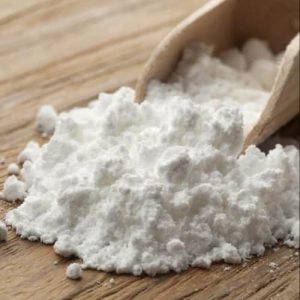
Physical and Chemical Properties of Maltodextrin:
Maltodextrin is well compatible with water and it is completely soluble in water. Its components are a very good source of energy and facilitate the process of absorption of important nutrients by muscle tissue. Although maltodextrin is no-fat, it can increase muscle mass. The most important physical and chemical properties of this material can be summarized in the table below:
| Name | maltodextrin |
| Molecular weight (g/mol) | 504.5 |
| Density (g/mL) | 0.549 |
| Melting point (°C) | 240 |
| Boiling point (°C) | 527.1 |
| Solubility in water | soluble |
| Chemical Structure Depiction |  |
Synthesis and Production of Maltodextrin:
Maltodextrin is a white powder made from a variety of grains, such as potatoes, corn, or even wheat. The maltodextrin production process can be done in a single step or two neighborhoods. This substance is also processed from plants and to produce it, first starch is cooked and then organic enzymes or some acids are added to it at the appropriate temperature and a white powder is produced which is soluble in water. During this process, the temperature is raised to 110 to 180 degrees and then the solution is slowly cooled to the desired degree. The last step is the process of refining and drying the product.

Maltodextrin Uses:
As mentioned, the applications of this material are very wide and diverse, and we will examine the most important of them:
- Maltodextrin is mainly used in the food industry and is also used in the production of bread, and the addition of maltodextrin to this type of product improves moisture control and increases its storage time.
- It can be added in dried form to the liquid compounds which are present in the dough.
- This food additive mixes easily with natural oils and fats to form stable emulsions in the refrigerator.
- Adding maltodextrin to baby food can increase the volume of these foods and facilitate the digestion of food for children and give it a mild taste.
- In the production of foods such as snacks, the use of this substance increases the fiber in the food and reduces fat.
- In the production of candies, this brittle substance gives a good texture to the product, increases transparency, and reduces viscosity.
- It is also widely used in the production of canned foods and plays the role of volume and stabilizer.
- In beverage products, it creates transparency and increases the quality of their taste. The cheap price of this material has made it widely used and considered by food manufacturers.
Can maltodextrin be harmful to the body?
This is a question that may arise for some people for every chemical used in food products. This question can be answered by the following sentences, the use of this product in food products is not harmful to the body, but in the long run, laboratory tests and reports have proven that this substance can have effects such as high blood sugar or fat for the body, or in very rare cases. Causes intestinal upset or allergies in the long run.
Packing and Storage:
To store this product, it is better to use fiber bags and the cold and dry local storage should be away from heat.

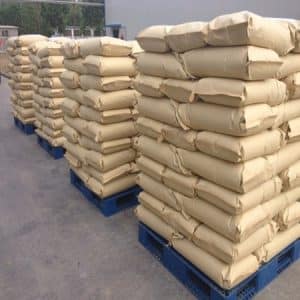
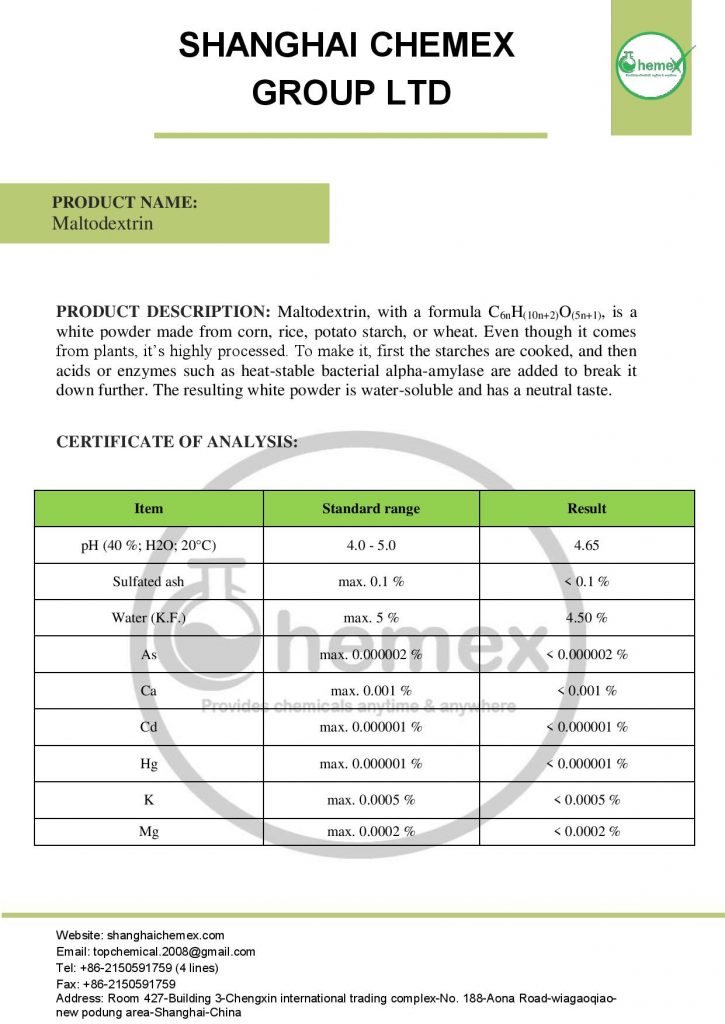
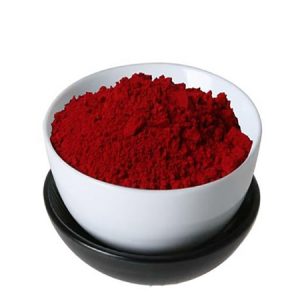
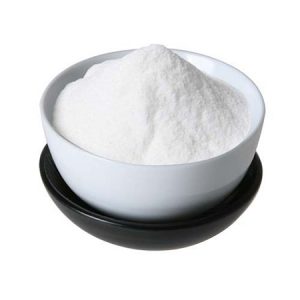
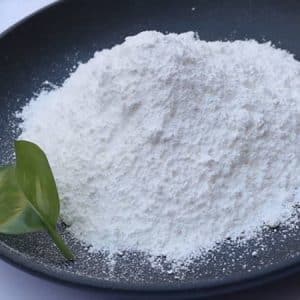
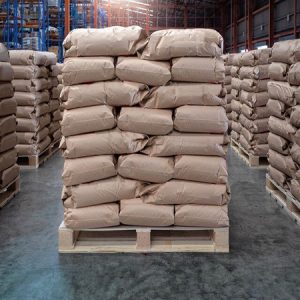
Reviews
There are no reviews yet.